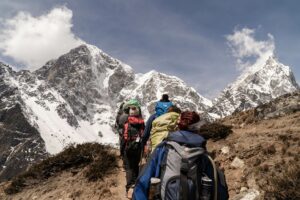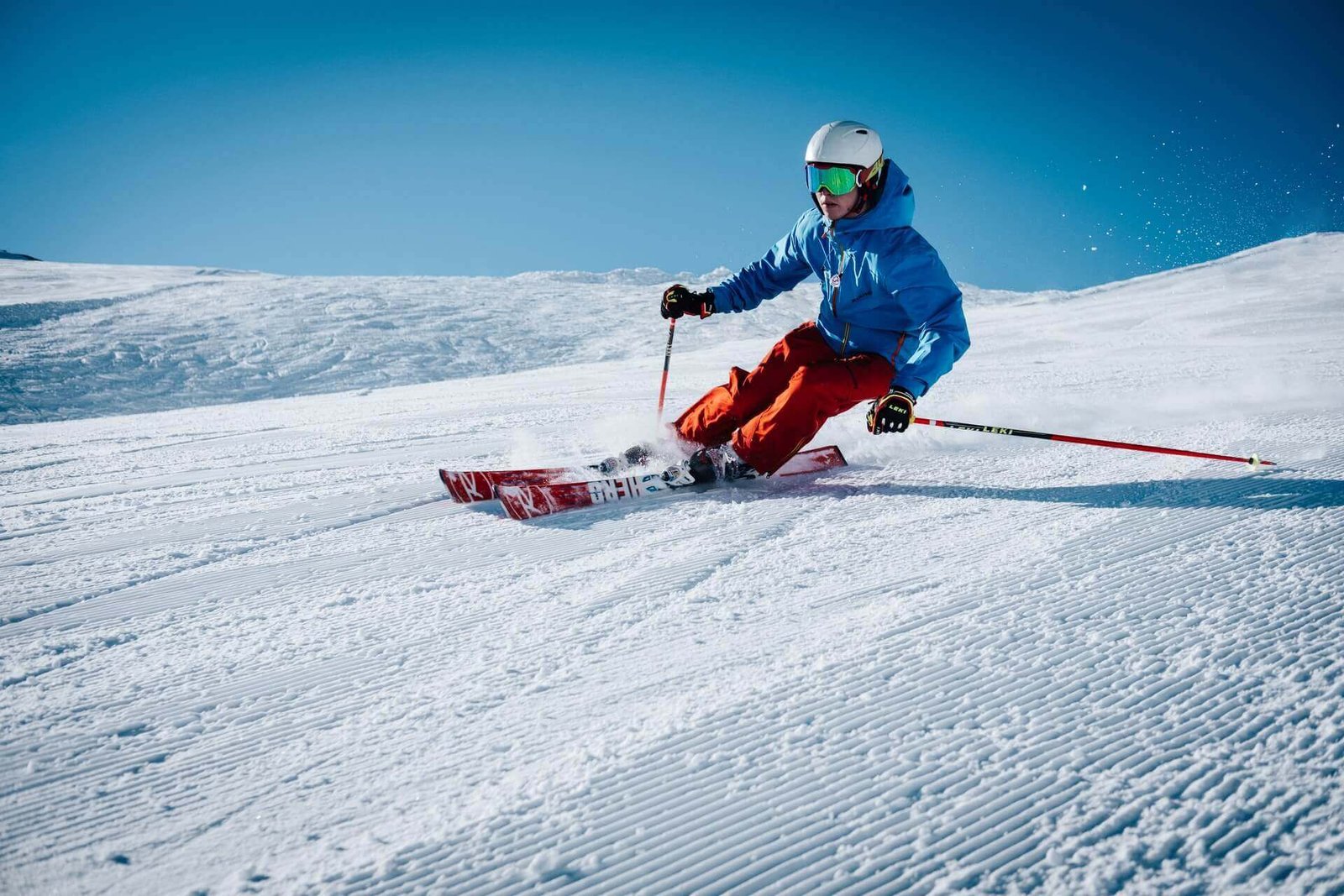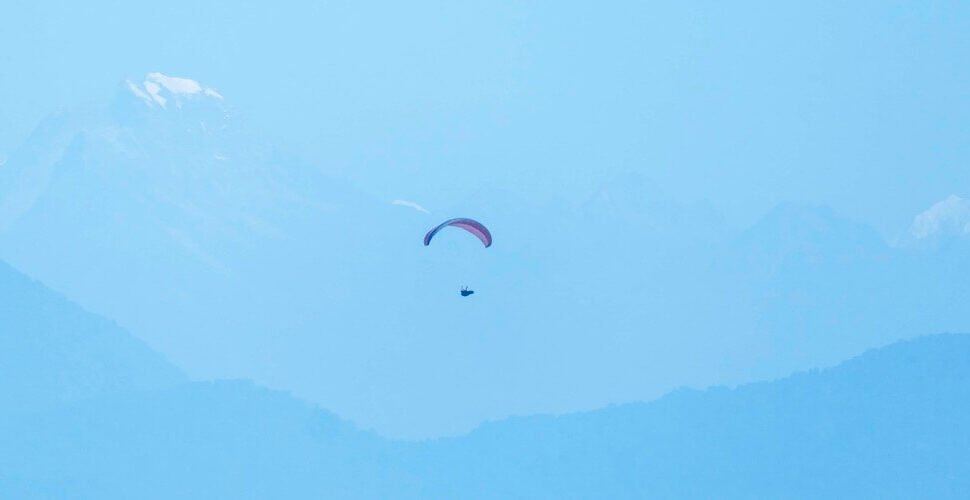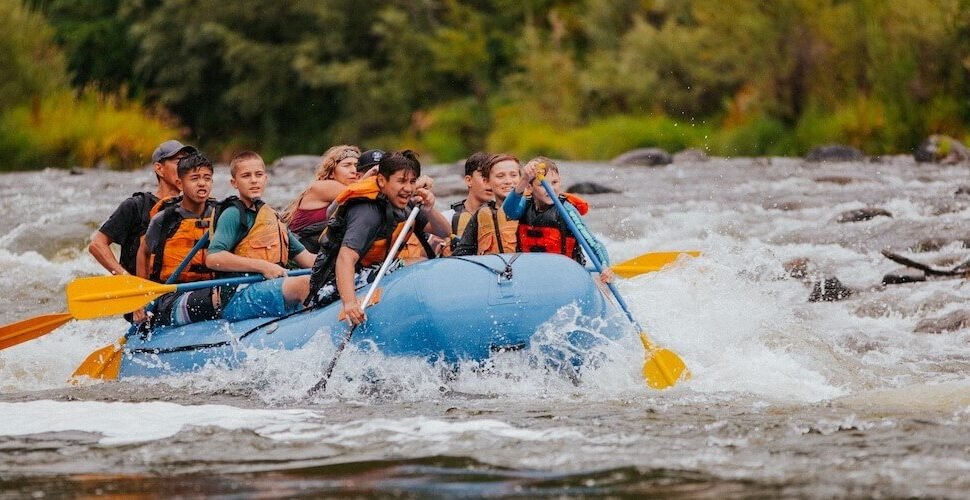Nepal is world-renowned for its iconic destinations—the Everest Base Camp, Annapurna Circuit, Pokhara, and Kathmandu. But beyond these popular trails lies another Nepal: raw, untouched, rich in culture, and stunning in its solitude. For travelers seeking authenticity, peace, and a deeper connection with nature and people, Nepal offers hidden gems that are often bypassed by the usual crowds.
In this comprehensive guide, we’ll take you to remote valleys, sacred lakes, and quiet villages. These are places where the air is clean, the welcome is warm, and the experience is unforgettable.
Why Go Off-the-Beaten-Path in Nepal?

Sustainability: Distribute tourism revenue more equitably and reduce strain on overcrowded destinations.
Authenticity: Experience real Nepali life, away from tourist influence.
Solitude: Discover peace and space in nature, with few others around.
Culture: Meet ethnic communities with unique languages, dress, rituals, and architecture.
Adventure: Explore trails less traveled with breathtaking rewards.
1. Tsum Valley: The Sacred Hidden Valley

Tucked away in the northern part of the Gorkha District, Tsum Valley is one of Nepal’s most culturally rich and spiritually significant regions. Bordering Tibet, it’s home to Tibetan-influenced communities, ancient Buddhist monasteries, and spectacular landscapes.
Highlights: Mu Gompa, Rachen Nunnery, traditional stone villages, prayer flags fluttering in the wind.
Culture: The valley follows Tibetan Buddhist traditions. Many locals are descendants of Tibetan immigrants.
Trekking Info: Moderate difficulty; usually added as an extension to the Manaslu Circuit. Best from March to May and September to November.
Permit Required: Yes, and you must trek with a licensed guide.
Story: Trekkers often speak of the serenity of Mu Gompa—a monastery nestled against the mountains with meditating monks and a silence so deep it echoes.
Story: Trekkers often speak of the serenity of Mu Gompa—a monastery nestled against the mountains with meditating monks and a silence so deep it echoes.
Tucked away in the northern part of the Gorkha District, Tsum Valley is one of Nepal’s most culturally rich and spiritually significant regions. Bordering Tibet, it’s home to Tibetan-influenced communities, ancient Buddhist monasteries, and spectacular landscapes.
- Highlights: Mu Gompa, Rachen Nunnery, traditional stone villages, prayer flags fluttering in the wind.
- Culture: The valley follows Tibetan Buddhist traditions. Many locals are descendants of Tibetan immigrants.
- Trekking Info: Moderate difficulty; usually added as an extension to the Manaslu Circuit. Best from March to May and September to November.
- Permit Required: Yes, and you must trek with a licensed guide.
Story: Trekkers often speak of the serenity of Mu Gompa—a monastery nestled against the mountains with meditating monks and a silence so deep it echoes.
2. Rara Lake: Nepal’s Hidden Blue Jewel
Situated in the remote northwest, Rara Lake is the largest lake in Nepal, surrounded by alpine meadows, pine forests, and snow-capped peaks. Its sparkling blue waters offer one of the most breathtaking sights in the country.
- Getting There: Fly to Talcha from Nepalgunj, then hike 2–3 hours.
- Activities: Boating, short hikes, picnics, stargazing.
- Wildlife: Rara National Park is home to red pandas, musk deer, and Himalayan black bears.
- Best Season: April to June and September to November.
Tip: There are few tourists here—so come prepared and embrace the peaceful isolation.
3. Khaptad National Park: Where Saints Meditate
This lesser-known park in far western Nepal is a mystical land of rolling meadows, dense forests, and spiritual heritage. It’s where the late Hindu saint Khaptad Baba meditated for decades.
- Highlights: Khaptad Baba Ashram, Khaptad Daha Lake, medicinal herb diversity.
- Activities: Meditation, bird watching, short hikes.
- Accommodation: Basic homestays and tents. Few services—come prepared.
- Best Time to Visit: May to October.
Cultural Note: The area is sacred to both Hindus and spiritual seekers of all backgrounds. It’s a place for reflection.
4. Upper Mustang: The Last Forbidden Kingdom
Mustang, once an independent Tibetan kingdom, offers a journey through stark deserts, cliff-side caves, and centuries-old monasteries. Unlike most of Nepal, its arid, lunar-like landscape and preserved Tibetan culture feel like stepping into another world.
- Capital: Lo Manthang, a walled city filled with mud-brick palaces and monasteries.
- Culture: Strong Tibetan Buddhist roots. Tiji Festival in May is a cultural highlight.
- Trekking Info: Permit required. Must go with a guide. Limited season due to harsh climate.
- How to Get There: Fly to Jomsom and trek north; or complete the entire Upper Mustang trek.
Tip: Respect local customs—this is still a semi-restricted region.
5. Dolpo: Remote and Remarkable
Made famous by the film “Himalaya” and Peter Matthiessen’s “The Snow Leopard,” Dolpo is a high-altitude paradise hidden behind the Dhaulagiri range.
- Major Highlights: Phoksundo Lake (Nepal’s deepest), Shey Gompa, ancient Bon religion monasteries.
- Challenge Level: High—long trek, camping required, remote access.
- Permits: Multiple restricted-area permits needed.
- Best For: Experienced trekkers looking for isolation and cultural depth.
Wildlife Alert: Keep your eyes open for blue sheep and the elusive snow leopard.
6. Panch Pokhari: The Five Sacred Lakes
Located northeast of Kathmandu, Panch Pokhari is a pilgrimage site consisting of five glacial lakes at 4,100 meters. It remains one of the least visited high-altitude trekking areas.
- Trekking Time: 5–7 days from Chautara.
- Best For: Those seeking spiritual serenity and mountain scenery.
- Season: April to October.
- Culture: Hindu and Buddhist pilgrims visit during Janai Purnima festival.
7. Dhorpatan Hunting Reserve
Nepal’s only hunting reserve, Dhorpatan is also a haven for trekkers and wildlife enthusiasts. Located in western Nepal, it’s surprisingly beautiful and diverse.
- Landscape: Alpine meadows, forests, rivers.
- Wildlife: Blue sheep, goral, Himalayan tahr.
- Activities: Trekking, wildlife photography, and regulated hunting (with permits).
- Access: Requires multi-day journey from Baglung or Burtibang.
Practical Tips for Offbeat Nepal Adventures
1. Travel with a Guide
Many remote areas require licensed guides, both for permits and safety. They also enhance your cultural understanding.
2. Be Self-Sufficient
Facilities are limited. Bring your own sleeping bag, water filter, snacks, and emergency supplies.
3. Respect Local Culture
You’re a guest in places that rarely see outsiders. Be humble, ask questions, and always get permission for photos.
4. Go Slow
Allow for acclimatization and spontaneous connections. Travel isn’t about rushing—it’s about presence.
5. Leave No Trace
Carry out all trash, avoid plastic, and follow sustainable trekking guidelines.
When to Go Off-the-Beaten-Path
- Spring (March–May): Best for flowers, moderate temperatures, clear skies.
- Autumn (September–November): Crisp air, excellent views, festivals.
- Winter (December–February): Dry but cold—suitable only for lower-altitude spots.
- Monsoon (June–August): Avoid unless visiting rain-shadow areas like Upper Mustang.
Final Thoughts: A Nepal Less Traveled
Going off the beaten path in Nepal is not just about avoiding crowds—it’s about choosing depth over breadth, connection over convenience. It’s about sitting around a fire in a stone-walled home, listening to stories in a language you don’t understand but somehow still feel.
It’s the smell of juniper smoke, the sound of yak bells in the distance, the flutter of prayer flags in the wind.
Nepal’s hidden gems await those who are willing to take the long road, the high path, and the quiet route. And when you return, you’ll carry more than photos—you’ll carry a piece of the Himalayas in your heart.
So step off the trail. Let the unknown guide you. And discover a Nepal that few ever see—but no one ever forgets.




